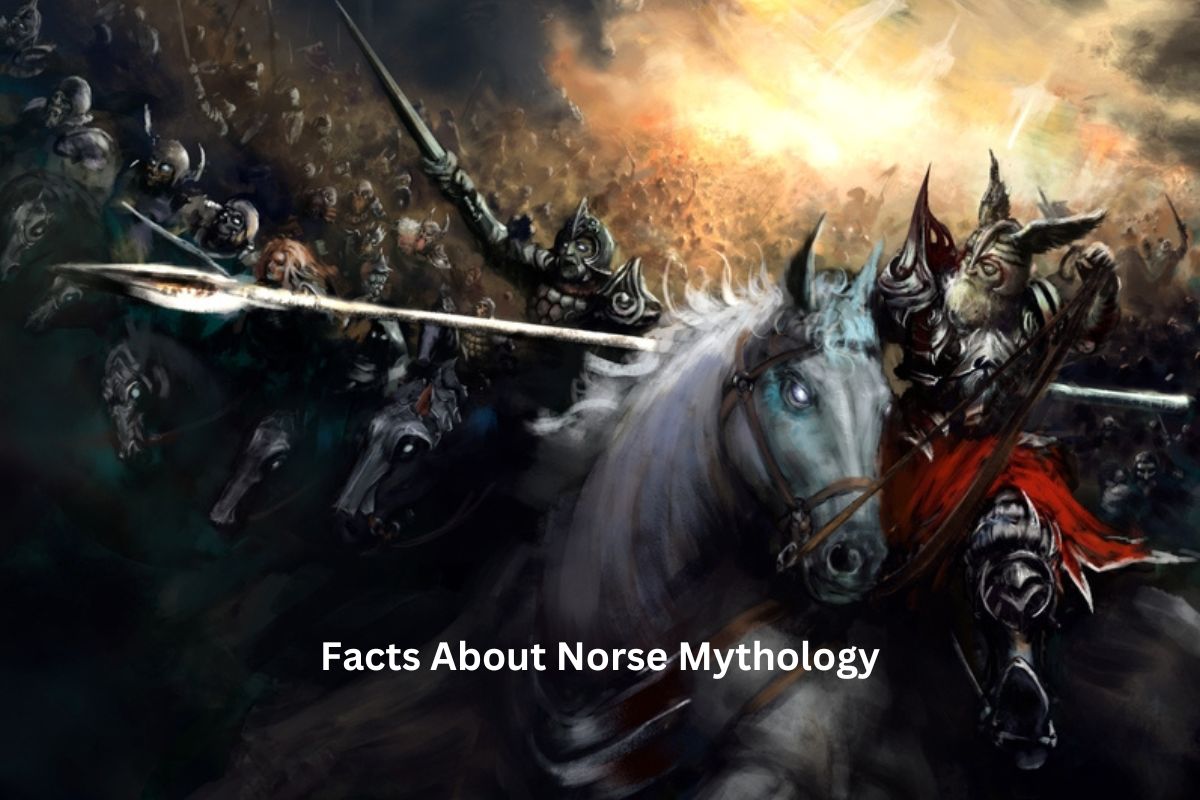Norse mythology is the ancient belief system of the Norse people, who lived in Scandinavia during the Viking Age.
It is a rich and complex collection of myths, legends, and stories that revolve around a pantheon of gods and goddesses, as well as a host of mythical creatures.
These myths explain the creation of the world, the nature of the cosmos, and the destiny of both gods and humans. Norse mythology is known for its tales of heroic warriors, epic battles, and prophecies of the world’s eventual destruction and rebirth, known as Ragnarök.
It has left a lasting cultural legacy and continues to captivate the imagination through literature, art, and popular culture.
Norse Mythology Facts
1. Originated in Scandinavia among the Vikings
Norse mythology, also known as Scandinavian mythology, was the belief system of the Norse people who lived in what is now modern-day Scandinavia.
This includes regions such as:
- Norway
- Sweden
- Denmark
- Iceland
It was practiced during the Viking Age, which is generally considered to have started in the late 8th century and continued until the Christianization of Scandinavia in the 11th century.
Also Read: Thor Facts
The Vikings were seafaring warriors and traders who played a significant role in the spread of Norse mythology.
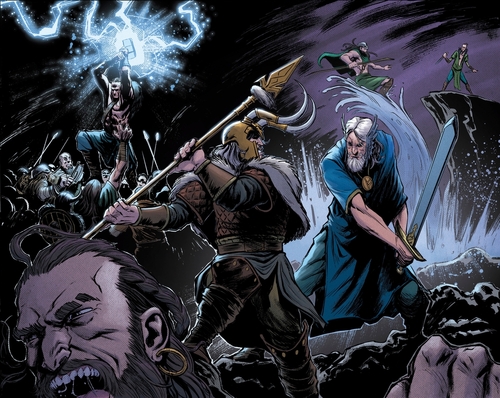
2. Features a pantheon of gods and goddesses
Norse mythology has a diverse and complex pantheon of gods and goddesses, each with distinct attributes and roles. Some of the most prominent deities include:
- Odin: The Allfather, chief of the gods, associated with wisdom and poetry.
- Thor: The thunder god, known for his strength and protector of mankind.
- Freyja: A goddess of love, beauty, and fertility.
- Loki: A trickster god who often creates chaos among the gods.
- Frigg: Odin’s wife, associated with motherhood and domesticity.
- Balder: The god of light and purity.
- Tyr: The god of law and justice.
These gods and goddesses were believed to live in Asgard, one of the nine worlds in Norse cosmology, and they interacted with both humans and other mythological beings.
3. Includes nine interconnected worlds
Norse cosmology is structured around a cosmological tree called Yggdrasil, which connects nine worlds. Some of the most significant of these worlds are:
- Asgard: The realm of the gods and goddesses, including Odin and Thor.
- Midgard: The human world, where humans reside.
- Jotunheim: The land of the giants, often depicted as hostile to the gods.
- Helheim: The realm of the dead, ruled by the goddess Hel.
- Muspelheim: A world of fire and home to fire giants.
- Niflheim: A world of ice and mist, associated with primordial chaos.
These interconnected worlds were essential to the Norse cosmology and provided the backdrop for many of the myths and legends in Norse mythology.
Also Read: Facts About Hel the Norse Goddess
Yggdrasil, the World Tree, was believed to hold the universe together, with its roots in various worlds and its branches reaching into the heavens.
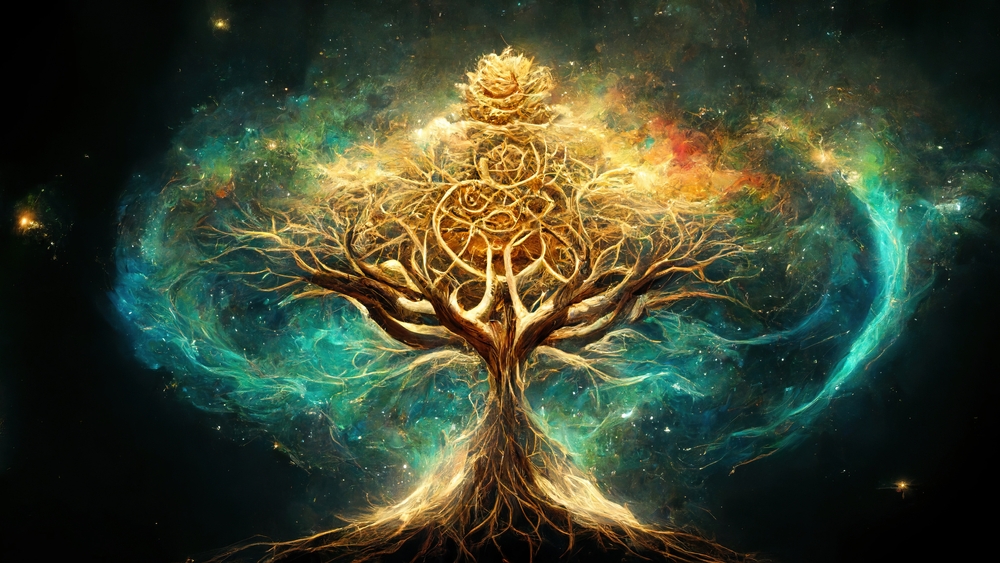
4. Predicts Ragnarök, the end of the world
Ragnarök is a central event in Norse mythology, often referred to as “The Doom of the Gods.”
It is a cataclysmic series of events that signify the end of the world and the eventual rebirth of a new one.
Some key elements of Ragnarök include:
- A great battle between the gods and their enemies, including giants, monsters, and the trickster god Loki.
- The release of Fenrir, a monstrous wolf, and Jormungandr, a giant serpent, both of whom play destructive roles in the events.
- The death of many major gods, including Odin and Thor.
- The world consumed by fire and submerged in water, leading to its purification and renewal.
Ragnarök represents a cyclical view of the universe in Norse mythology, where the old world must be destroyed to make way for the new. It is a significant theme in many Norse myths and is foretold in prophecies.
5. Valhalla is the hall of fallen warriors
Valhalla, which translates to “Hall of the Slain,” is a grand and glorious hall located in Asgard, the realm of the gods. It is a place where the bravest and most honorable warriors who die in battle are taken by valkyries, female spirits associated with Odin.
These fallen warriors, known as Einherjar, enjoy an afterlife of feasting, camaraderie, and training, preparing for the final battle of Ragnarök. Valhalla is a place of honor and reward for those who died heroically in combat.
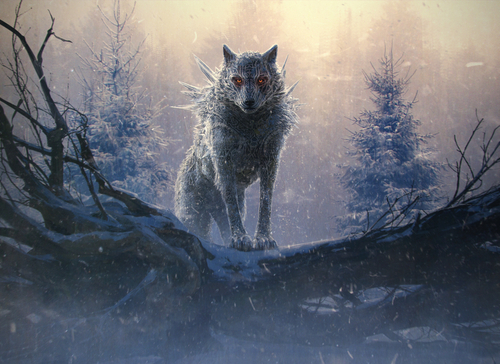
6. Features fearsome creatures like Fenrir and Jormungandr
Norse mythology is replete with powerful and menacing creatures. Two of the most prominent are:
- Fenrir: Fenrir is a monstrous wolf, one of the children of the trickster god Loki. He is prophesied to play a pivotal role in Ragnarök when he breaks free from his chains and wreaks havoc on the world. His eventual battle with Odin, which results in Odin’s death, is a significant part of the prophecy.
- Jormungandr: Also known as the Midgard Serpent, Jormungandr is a massive serpent that encircles Midgard, the human world. It is another child of Loki and is destined to battle with Thor during Ragnarök, where their confrontation leads to mutual destruction.
These creatures exemplify the cosmic conflict and chaos that underlie many Norse myths, and they contribute to the sense of impending doom associated with Ragnarök.
7. Runic alphabet known as Elder Futhark
The runic alphabet, known as the Elder Futhark, was a writing system used by the Norse people. It consisted of a set of characters made up of straight lines, making it well-suited for carving into wood, stone, and other materials.
Runes served both practical and mystical purposes:
- Practical Use: Runes were used for communication, inscriptions, and marking possessions. They were the written language of the Norse people.
- Mystical and Magical Significance: Runes also had mystical and magical properties. They were often associated with divination, protection, and spellcasting. Each rune had its own symbolic meaning and was believed to possess certain powers.
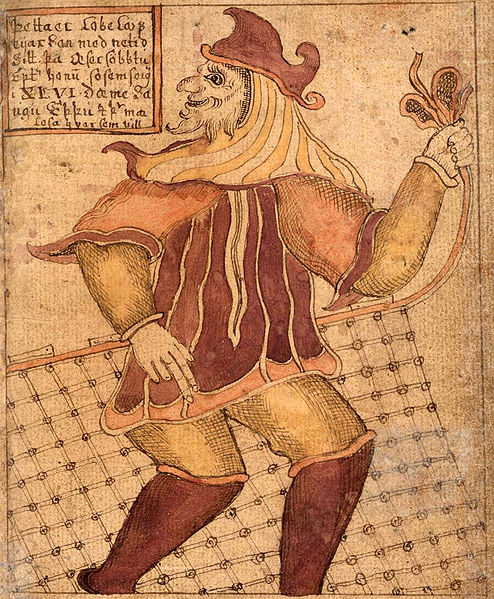
8. Loki is a mischievous trickster god
Loki is one of the most complex and intriguing figures in Norse mythology. He is often portrayed as a trickster god who delights in causing trouble for the other gods and goddesses.
Loki’s actions sometimes lead to dire consequences, and his mischievous nature is a recurring theme in Norse myths. Despite his disruptive tendencies, Loki is not purely malevolent, and his character is multifaceted.
9. Creation myth involves ice and fire colliding
The Norse creation myth explains the origin of the cosmos. According to this myth, the universe began with two opposing realms: ice and fire.
- Niflheim (Ice): Niflheim was a realm of ice, cold, and mist. It represented the primordial, chaotic forces of cold and darkness.
- Muspelheim (Fire): Muspelheim was a realm of fire and heat, representing equally primordial, chaotic forces of heat and light. When these two realms collided, they gave rise to the first being, Ymir, a giant. Ymir’s body was used to create the various worlds, and his descendants included the frost giants and the gods. This creation story emphasizes the balance of opposing forces in the Norse cosmos.
10. Influenced Viking culture and literature
Norse mythology had a profound influence on Viking culture and society.
It permeated various aspects of Viking life, including religion, art, and literature:
- Religion: Norse mythology provided a framework for religious beliefs and rituals. The gods and goddesses were worshipped and appeased through offerings and ceremonies.
- Art: Norse mythology inspired intricate artwork, including metalwork, jewelry, and carvings. Depictions of gods, mythological creatures, and scenes from Norse myths can be found in many Viking artifacts.
- Literature: Norse mythology played a significant role in Viking literature, including the composition of epic poems and sagas. Notable works like the Poetic Edda and Prose Edda contain many of the myths and stories that make up Norse mythology.
Even today, Norse mythology continues to be a source of fascination and inspiration in modern literature, art, and popular culture, showcasing its enduring impact on the world.
